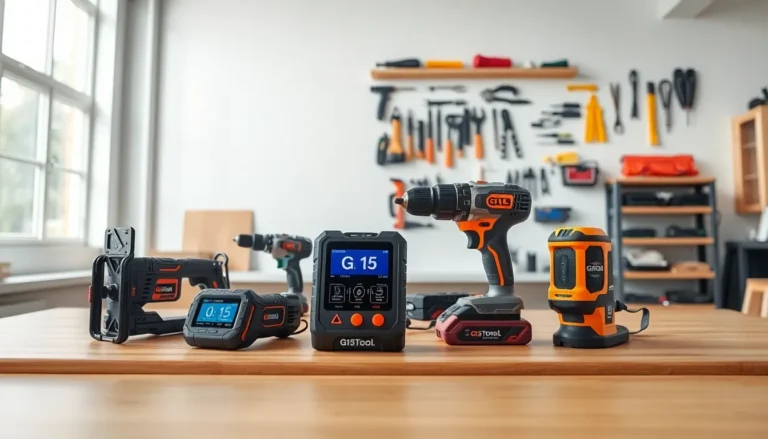DIY home improvement projects can transform your living space while saving money, but they often leave behind a challenging aftermath: construction debris. From drywall scraps to old fixtures, managing this waste requires proper planning and disposal methods. Learning how to handle construction debris safely not only keeps your property clean but also protects the environment and ensures compliance with local regulations.
Assess and Categorize Your Debris
Before disposal, take inventory of your waste materials. Construction debris typically falls into several categories:
- Clean wood – Untreated lumber and wood scraps
- Concrete and masonry – Bricks, concrete blocks, and stone
- Drywall and plaster – Wall materials and ceiling remnants
- Metals – Piping, wiring, fixtures, and hardware
- Hazardous materials – Paint, solvents, adhesives, and treated wood
Categorizing helps determine the appropriate disposal method for each type. Some materials can be recycled, while others require special handling due to environmental concerns.
Research Local Regulations
Waste disposal regulations vary significantly between municipalities. Contact your local waste management authority to learn about:
- Permits required for debris disposal
- Materials accepted at local landfills
- Special handling requirements for hazardous waste
- Weight restrictions and fees
- Recycling options in your area
Many localities prohibit certain construction materials from regular trash collection, making it essential to understand these rules before disposal.
Consider Recycling Options
Many construction materials are recyclable, reducing landfill impact. Common recyclable construction materials include:
- Metal (nearly 100% recyclable)
- Clean wood (can be processed into mulch or biomass fuel)
- Concrete (often crushed for use as aggregate)
- Cardboard packaging from new materials
Research local recycling centers that accept construction debris. Some may even offer compensation for certain materials like scrap metal.
Utilize Home Dumpster Rentals
For medium to large DIY projects, home dumpster rentals provide the most convenient and efficient disposal solution.
These temporary containers allow you to dispose of debris as you work, keeping your project area safe and organized.
When selecting a dumpster rental:
- Choose the appropriate size – Estimate your waste volume and select a dumpster slightly larger than anticipated. Most residential projects require 10-20 yard dumpsters.
- Verify accepted materials – Discuss with the provider which materials can be placed in the dumpster.
- Understand rental terms – Clarify rental duration, weight limits, and additional fees.
Companies like Waste Removal USA specialize in providing appropriate dumpster sizes for homeowners, with clear guidance on permitted materials and weight restrictions. Their expertise can help you avoid common disposal pitfalls.
Handle Hazardous Materials Separately
Never mix hazardous materials with regular construction debris. Items like paint, solvents, adhesives, and electronics contain chemicals that can harm the environment if improperly disposed of.

Most communities host household hazardous waste collection events or maintain permanent drop-off facilities. Store these materials safely until proper disposal options are available.
Donate Usable Materials
Before discarding everything, consider whether some materials might be reusable. Organizations like Habitat for Humanity ReStore accept donations of unused or gently used building materials, fixtures, and tools. This reduces waste while supporting charitable causes.
Practice Safe Handling
When managing construction debris:
- Wear appropriate protective gear (gloves, safety glasses, dust masks)
- Use proper lifting techniques to avoid injury
- Keep debris contained to prevent neighborhood littering
- Avoid creating excessive dust by lightly wetting materials when possible
Final Considerations
Planning for debris disposal should be part of your initial project planning, not an afterthought. By researching options like construction dumpster rentals, understanding local regulations, and committing to environmentally responsible practices, you can ensure your DIY project remains rewarding from start to finish.
Remember that proper waste management isn’t just about convenience—it’s about being a responsible homeowner and community member. Taking the time to dispose of your construction debris properly demonstrates respect for both local regulations and environmental stewardship.





